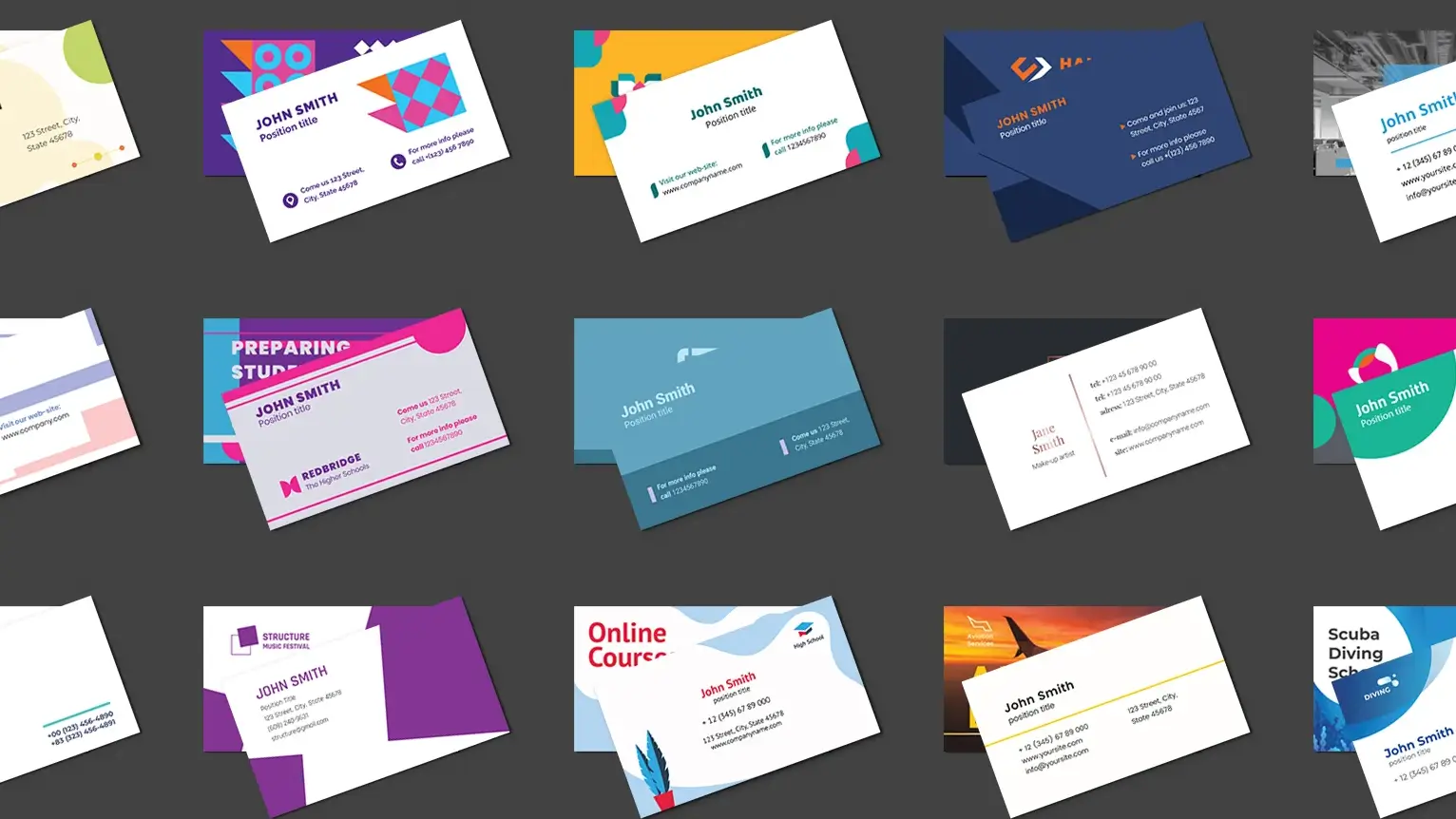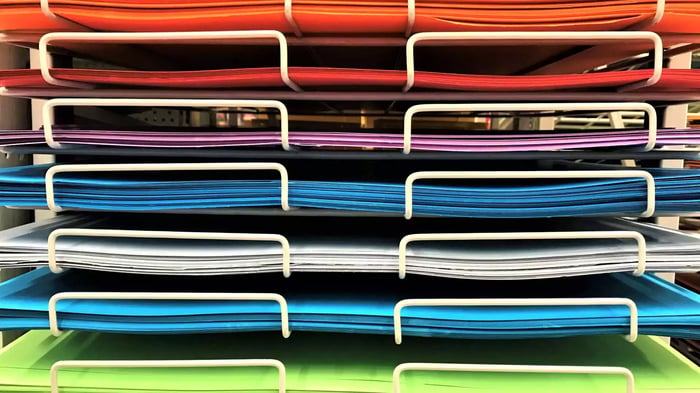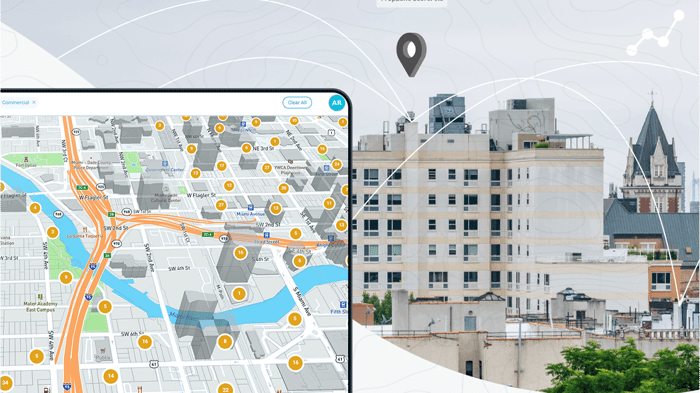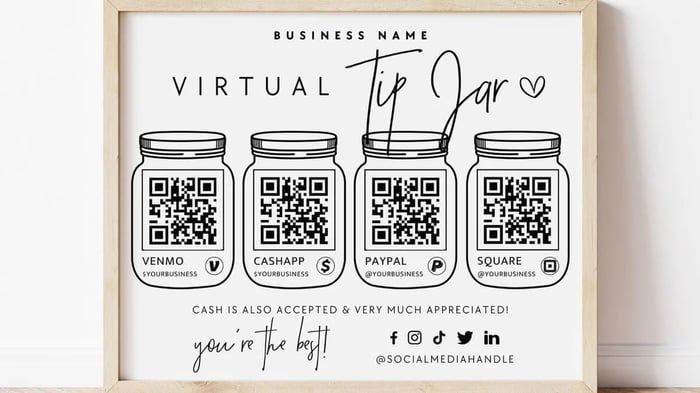Cardstock is a heavier and more versatile form of paper widely recognized for its durability and thickness compared to standard printing paper. It falls between the everyday paper used in homes and offices and the sturdier cardboard used in packaging. Cardstock's unique properties make it an ideal choice for a wide range of printing and crafting projects, including business cards, invitations, greeting cards, scrapbooking, and various decorative art forms.
Cardstock is known for its ability to withstand wear and tear, making it perfect for projects that require durability. Its thickness adds a sense of quality and substance to any printed or crafted item.
What is Cardstock?
Cardstock is a durable, thick paper superior to standard paper for items requiring longevity, like business cards and invitations. It differs from cover stock mainly in texture and measurement; cardstock has a smoother surface and is measured in pounds and inches, while cover stock is often textured and measured in points for thickness. Various types of cardstock are available, each serving a different purpose in crafting—from making handmade cards to scrapbooking—by size, texture, weight, finish, and color. Specialty cardstocks, such as metallic or textured, add visual impact to projects.

Thickness and Weight
Cardstock paper thickness is measured in points (pts), one-thousandth of an inch, indicating the paper's thickness and influencing its rigidity and feel. Cardstock weight is measured in pounds per 500 sheets of uncut size or grams per square meter (GSM), a universal standard for comparing paperweights. Cardstock can range from 65 lbs (lightweight) to over 110 lbs (heavyweight), with a wide GSM range. Thickness is typically measured in points or mils, with both units indicating the sheet's thickness in thousandths of an inch. Move the decimal three places to the left to convert a 16pt cardstock to a different thickness.
Here's a breakdown of standard cardstock thicknesses:
- 12pt cardstock, equivalent to 0.012 inches or 0.3048 millimeters.
- 14pt cardstock, equivalent to 0.014 inches.
- 16pt cardstock, equivalent to 0.016 inches.
Cardstock thickness is predominantly measured in points or mils in the United States. For instance, a 10 pt cardstock is 0.010 inches (0.254 mm) thick, roughly translating to a paper weight of 250 gms, and a 12 pt cardstock is 0.012 inches (0.3048 mm).
The range of thickness and weight available for cardstock allows it to be used in various applications. Lighter weights are suitable for items like posters and menus, while heavier weights are preferred for business cards, dividers, and invitations, offering a substantial feel and durability. The choice of weight and thickness directly impacts a project's aesthetic and functional qualities, including how it handles printing, folding, and other physical manipulations.
When choosing the suitable cardstock paper product for your projects, think about color, weight, finish, and the specific requirements of your project. Cardstock is a heavyweight paper used in various crafting and printing projects, providing stability, durability, and a professional finish to your work. It's thicker than regular paper and available in diverse colors and textures, making it ideal for cardmaking, scrapbooking, and more. In addition to its visual appeal, cardstock also offers practical benefits. Its thickness makes it resistant to tearing and bending, ensuring your projects last longer. Additionally, the wide range of colors and textures available allows you to choose the perfect cardstock to match your creative vision and enhance the overall impact of your work.
Choosing the Right Print Size
Selecting the appropriate cardstock size is essential to communicating your message clearly and staying within your budget. The 4 x 6 and 5 x 7-inch sizes are the most common. If your identity or messaging heavily relies on images, using 4 x 6-inch cardstock can be a financially sensible choice. This size is great for printed postcards, which are reasonably priced to mail, and it guarantees that your photographs stand out as well, saving you money. In 2018, the cost of sending a postcard was about $0.35, making it an affordable way to connect with customers.
A 5 x 7-inch cardstock gives extra space without going up in price for projects that need more text or intricate graphics. This format allows you to combine sales language and images to make your message stand out without being overly cluttered. The additional room also allows you to add more white space, which can improve your card's visual attractiveness and readability.
A larger postcard can be the best option if your campaign is about educating potential customers, advertising various bundles, or announcing a promotion. It lets you communicate more information more effectively and economically. Your particular needs, considering the significance of the photographs, the quantity of text, and your budget, should ultimately determine the size of your paper. You can improve your message's impact and accomplish your marketing objectives by choosing the correct size of cardstock paper printing.
The Benefits of Using Cardstock Printing
Benefits of Cardstock in Business and Marketing:
- Durability and Quality: Cardstock is considerably more robust than regular paper, making your printed materials last longer and withstand handling better. This durability ensures that your marketing materials, business cards, or photo prints maintain their integrity and continue to impress over time.
- Affordable Customization: Opting for cardstock printing is a cost-effective way to add a touch of personalization and professionalism to your business outreach. It allows you to tailor your marketing materials to your specific audience, enhancing engagement and recall.
- Versatility in Use: Whether you want to promote a new product, announce a sale, or launch a website, cardstock printing provides a versatile medium to convey your message. Its substantial feel adds gravitas to your announcements, making them more likely to catch and retain the attention of your target audience.
Finish Options for Cardstock Printing:
When printing on cardstock, you have the option to choose from a variety of finishes, each offering its unique appeal and advantages:
- Uncoated: Offers a natural, high-quality look that suits businesses aiming for a subtle and sophisticated vibe.
- Gloss: Enhances your images with a beautiful shine, making colors more vibrant and your materials stand out.
- Matte: Preferred by many luxury brands for its silky smooth finish, matte is visually appealing and gentle on the eyes, making it ideal for elegant presentations.
- High Gloss UV: Provides an extra shiny quality that is highly eye-catching, helping your colors pop, and your designs grab attention.
Other Cardstock Options for Your Business
Cardstock printing offers more than just size and finish options; it also includes a variety of types to suit any business need:
- Textured: Available in a range of textures and colors, this option allows you to select the perfect cardstock that aligns with your brand's aesthetic and tactile appeal.
- Colored: Integrating the right color into your cardstock printing can harmonize with your brand's color scheme, enhancing brand recognition and appeal.
Printing Cardstock at Home
Before you hit the print button, ensure that your document size matches your cardstock size. This step is key to avoiding any unwanted cropping or misalignment. If your design doesn't fit the standard sizes your printer accepts, you'll need to adjust your document size accordingly.
Adjusting printer settings for cardstock is another critical step. Most printers can select a 'Heavy Paper' or 'Cardstock' setting directly on the printer or within its software on your computer. This setting adjusts the printer to accommodate the thicker paper, reducing the risk of jams and ensuring the ink adheres appropriately.
Not all printers are created equal when it comes to printing on cardstock. Inkjet printers are generally more versatile and can handle a broader range of cardstock types and thicknesses. Laser printers, on the other hand, offer faster printing speeds and more durable prints but might need help with very thick or textured cardstock.
Troubleshooting Common Cardstock Printing Issues
Paper jams are a common headache when printing cards. To minimize this risk, do not overload the paper tray and use the manual feed option if your printer has one. Ink smudging can occur if the print doesn't dry quickly enough, so consider setting your printer to use less ink or choosing cardstock with a quicker drying time. Alignment problems can often be resolved by adjusting your printer's settings or aligning the print heads.
For projects that require more flair, consider exploring double-sided printing, using special inks, or applying finishes such as laminates or varnishes. These techniques can elevate your cardstock projects, making them stand out even more.
Wrapping Up
In summary, cardstock printing is an invaluable tool for any business looking to make a lasting impression. Its versatility, coupled with the range of finishes and types available, allows for creative and effective communication of your brand's message, promotions, or personal projects.






